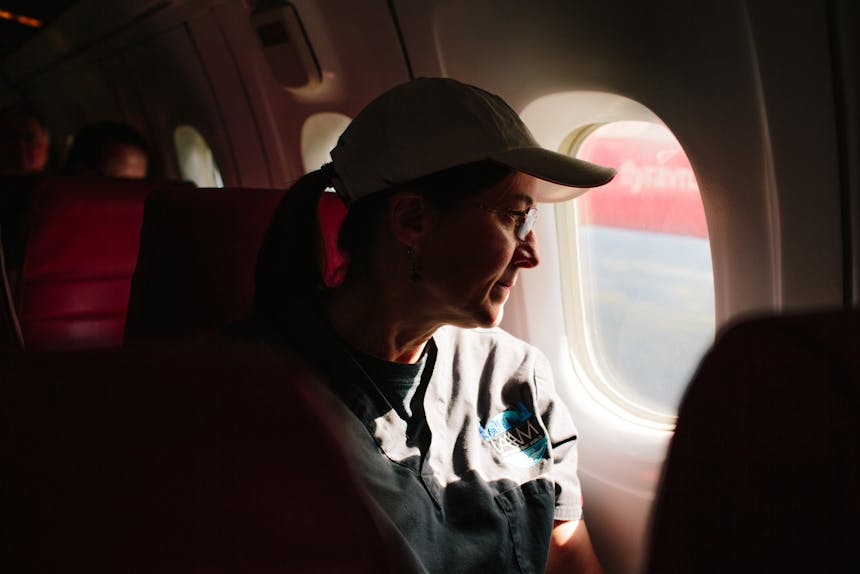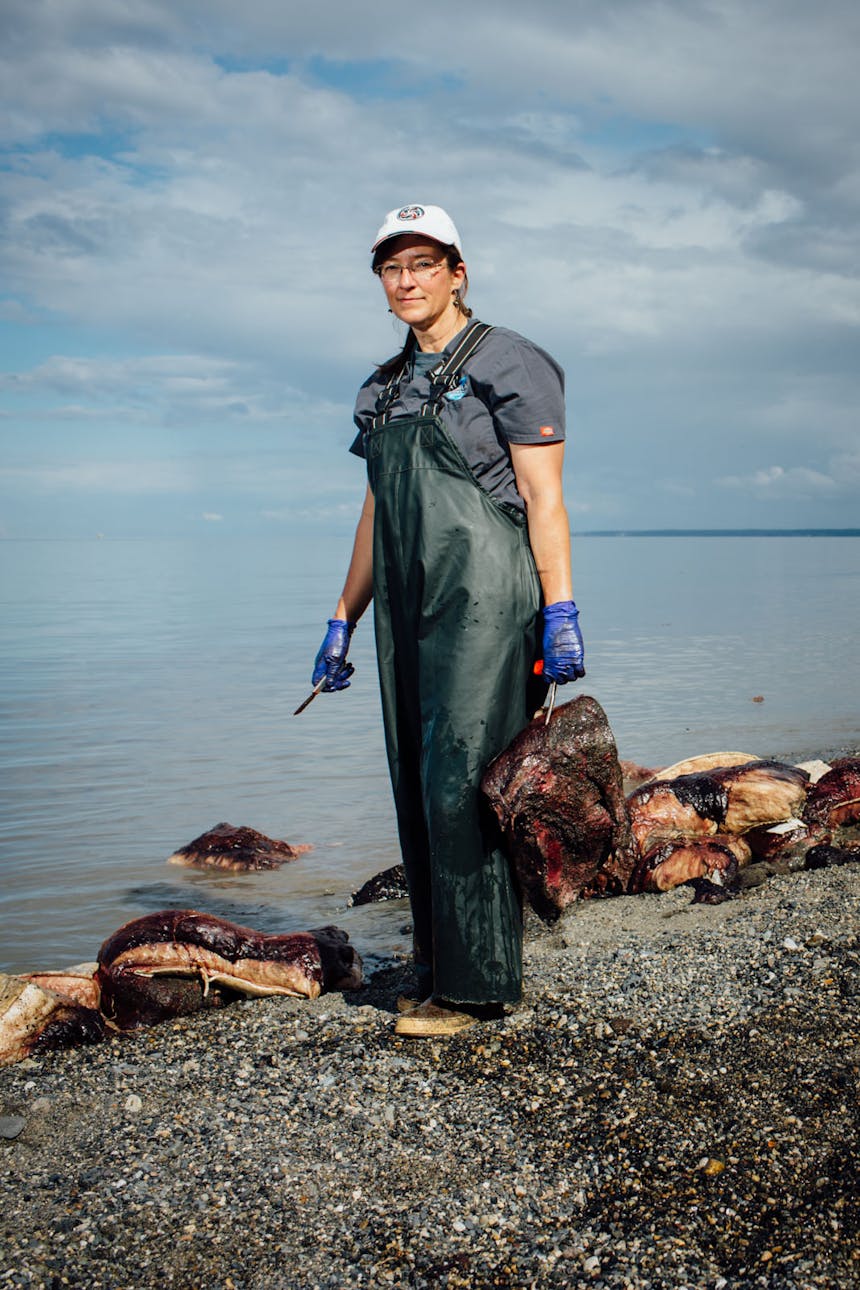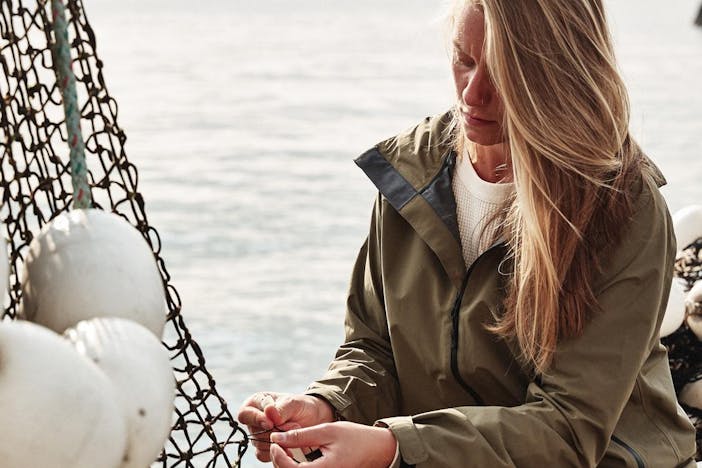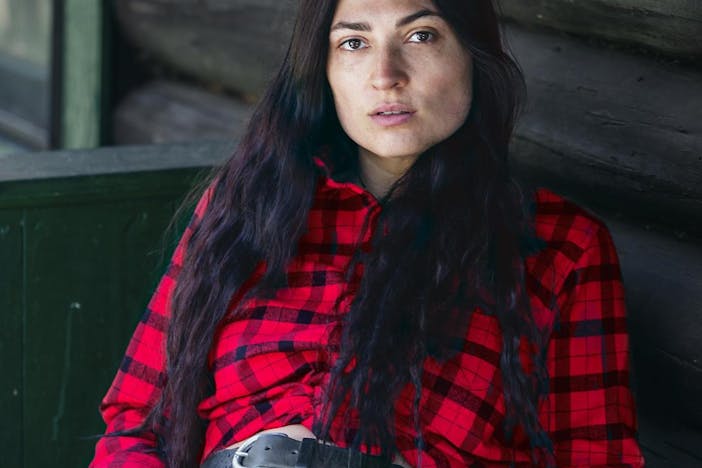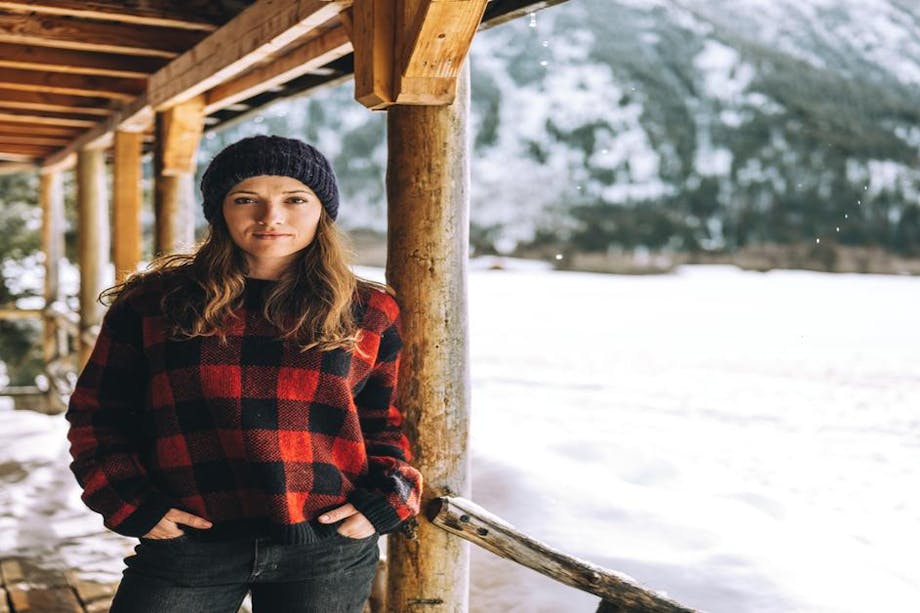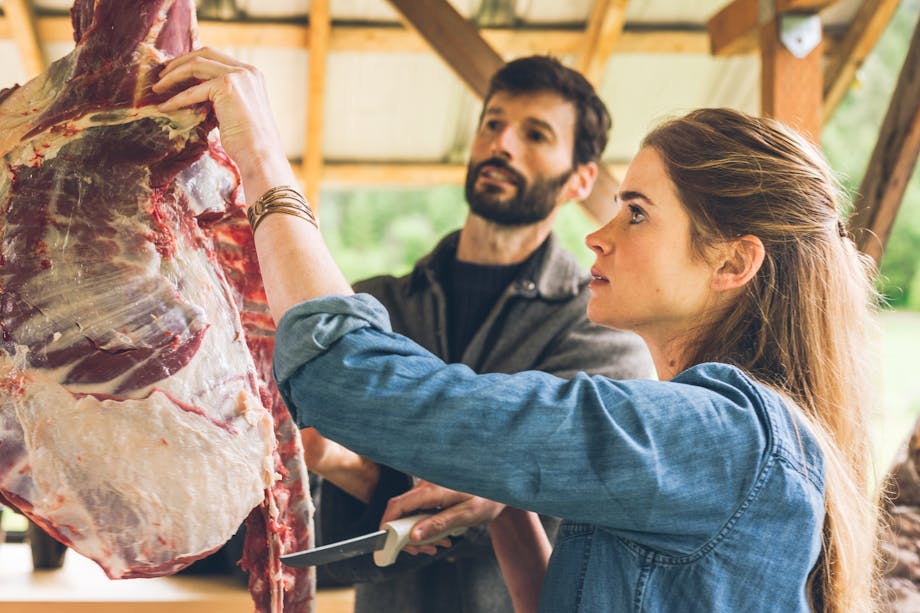Anyone who has ever spent hours huddled over a puzzle knows the joy of finally figuring it out. Whether it’s an obscure image coming together piece by piece, that head-scratcher of a rhyme finally making sense, or completing the last box in a crossword, the endorphin rush of finally getting the right answer makes all of the effort worthwhile. But imagine devoting your life to untangling complicated mysteries but rarely knowing if you have solved the puzzle correctly. Most people couldn’t handle it, it might even drive them mad. But, Kathy Burek has done this almost every day for the last twenty-five years, and she loves it.
Burek spends her days, and sometimes nights, cutting into creatures that most people only see in zoos, or on their televisions. As the owner of the only veterinary anatomic pathology service in the state of Alaska, she is the person the authorities call when they come across a dead animal in the wild and they want answers. It could be as simple as a moose on the side of the road, or something a bit more complicated, like a Beluga whale washed up in the surf on a remote island, but regardless of the creature, she grabs her gear and gets to work. In a state as massive as Alaska, which is twice the size of Texas and with more coastline than the rest of the entire United States, just getting to a site or bringing an animal to her lab can be daunting. Float planes, helicopters, boats, and ATVs are more often the norm, rather than the exception.
In her laboratory in Eagle River, just outside Anchorage, under the harsh glow of overhead lights, Burek and her team will begin the postmortem examination of a previously wild denizen upon a stainless-steel examination table. Employing a range of scientific methods, they do detailed measurements on the deceased to determine the state they were in at the time of their death. Using scalpels and other medical tools, she will cut into the animal, slowly unraveling the mystery within. She keeps a smile on her face as she works and will occasionally joke with her helpers. As she digs deeper, occasionally she will stop and ponder what she has uncovered. Sometimes it makes sense, sometimes not, but through it all she keeps searching for an answer. Often, the answer will not come. “It’s kind of frustrating saying ‘I don’t know’ when I am asked what has caused a death, but I keep looking for reasons,” says Burek. “I am kind of stubborn that way and so I keep wading back in. You can only figure things out by getting more data and doing more research.”
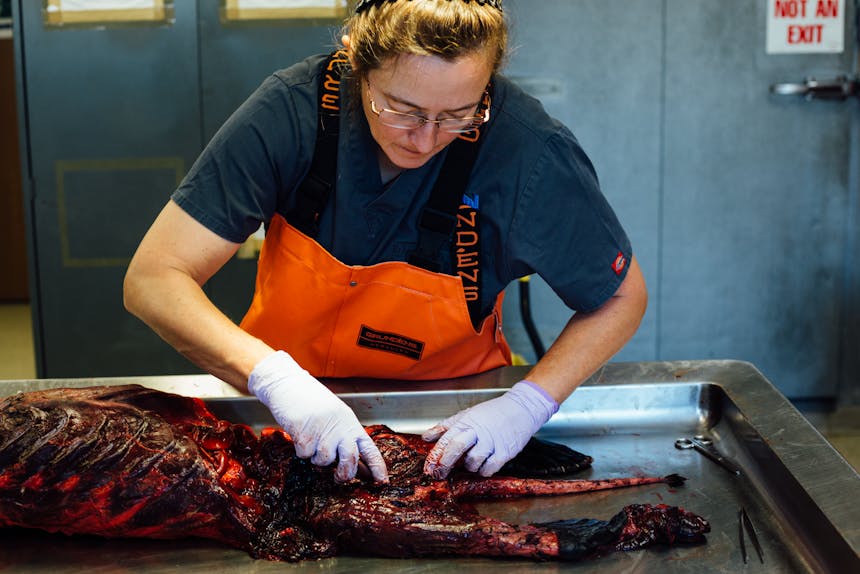
Unfortunately, these days it seems that Burek is getting more business than ever before.
As the effects of climate change unwind across the globe, nowhere is it more acutely felt than in the extreme northern and southern parts of our planet. As the snow melts, the ice retreats, and the overall temperatures increase, regions of the Earth that previously were frosty and frozen are now dealing with unprecedented changes. In Alaska, the effects are obvious. Anchorage just experienced their warmest temperatures on record this last summer. The sea ice surrounding the state is at record low levels and drought is becoming more common.
All of this is putting extreme stressors on the animals that live, and that migrate, to the land, and on the waters of the state. The first major warning signs that things were getting unbalanced showed up four years ago, in 2015, when the ocean waters surrounding the state warmed to record high temperatures. The appearance of this phenomenon, known as The Blob, coincided with a massive dying off of sea otters and large whales (fin and humpbacks). “We were working long days trying to nail down what was causing this large-scale mortality event,” says Burek. “We figured out that the otters were dying due to streptococcal bacteria, but we were never able to get out to any of the large whales due to the logistics of where they were located.”
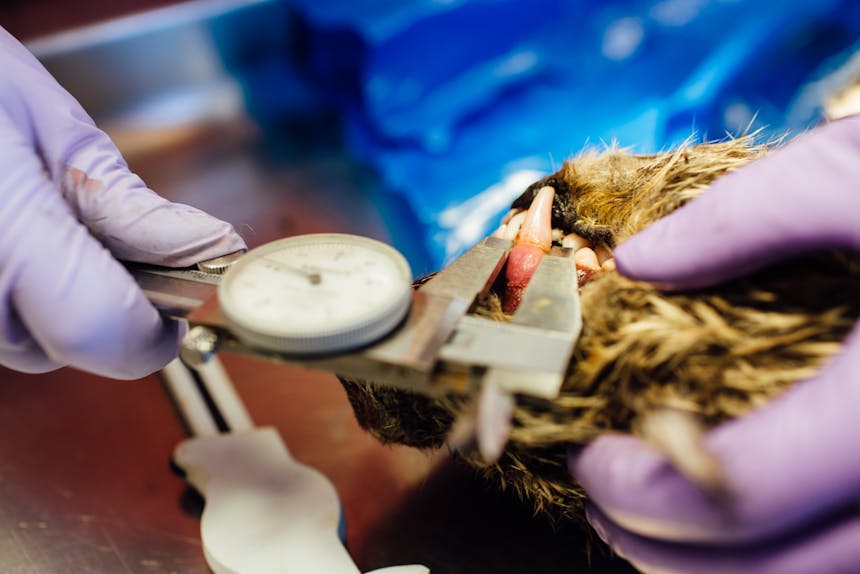
Unfortunately, these days it seems that Burek is getting more business than ever before.
As the effects of climate change unwind across the globe, nowhere is it more acutely felt than in the extreme northern and southern parts of our planet. As the snow melts, the ice retreats, and the overall temperatures increase, regions of the Earth that previously were frosty and frozen are now dealing with unprecedented changes. In Alaska, the effects are obvious. Anchorage just experienced their warmest temperatures on record this last summer. The sea ice surrounding the state is at record low levels and drought is becoming more common.
All of this is putting extreme stressors on the animals that live, and that migrate, to the land, and on the waters of the state. The first major warning signs that things were getting unbalanced showed up four years ago, in 2015, when the ocean waters surrounding the state warmed to record high temperatures. The appearance of this phenomenon, known as The Blob, coincided with a massive dying off of sea otters and large whales (fin and humpbacks). “We were working long days trying to nail down what was causing this large-scale mortality event,” says Burek. “We figured out that the otters were dying due to streptococcal bacteria, but we were never able to get out to any of the large whales due to the logistics of where they were located.”
“Dead whale is an acquired stench,
one that is quite pungent.“
That was only the beginning. Several more whales were examined, with more seen dead that they could not get to. Fresh on their heels came a notification from the Local Environmental Observer Network (LEO Network), an Alaskan crowdsourced community that keeps tabs on unusual environmental events, that there were alarmingly large numbers of dead seals turning up along the coasts of the Bering and Chukchi seas. However, they were too rotten, being skeletonized or mummified, to get much information from. Right on the heels of that, large-scale salmon die-offs were occurring in rivers as they headed to their spawning grounds, along with wholesale mussel and krill deaths being reported.
Through it all Burek and her team kept digging, kept researching, kept looking for answers. Yet, none were conclusive. There were a variety of factors to look into: warmer waters, new parasites and pathogens migrating into the state, plus the possibility that the availability of prey was being affected by changes in the environment, along with other not-understood factors. It can be depressing sometimes, but Burek keeps going. “I embrace the victories when I can nail down what has happened, but the best part is I get to work with a lot of young people that want to help,” says Burek. “I enjoy helping people get into these types of professions. Pathology is kind of like a detective’s job. Watching someone new get into the chase is exhilarating.”
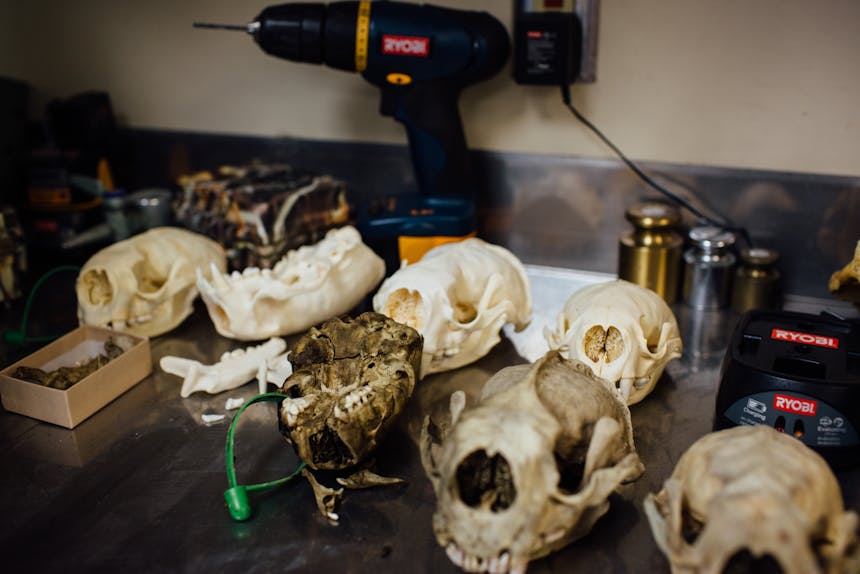
Growing up in Columbus, Ohio, she had never even saw the ocean until she started college. But even then, she knew that she wanted to be a vet and was ‘amazed’ by whales. After graduating from veterinary school at the University of Wisconsin-Madison, she spent two seasons living in Alaska, working in a general small animal practice. She loved Alaska. After doing an internship at the San Diego Zoo in their pathology department, she knew what her life’s path was and she went to UC-Davis for her pathology residency. She finally moved back to Alaska and opened her own practice, often doing necropsies in her garage. Her husband, Dr. Henry Huntington, the Arctic Science Director of Ocean Conservancy, and two sons would often lend a hand when needed.
From those humble beginnings, she has become a leader in Alaska. Working with local, and national organizations, she has helped further much needed research into the health of the 49th state’s ecosystem. She holds workshops designed to teach other stakeholders in the state, including native tribes that she advocates for, how to work with the dead animals they find and how to harvest samples and specimens. “In a state this size, it’s crucial that we get working on animals as soon as they are found, as sometimes it can take days for them to make it to my lab or for me to get to them,” says Burek. It’s a tireless job, but one that she hopes makes a difference.
Regardless of what happens, one thing is certain. When someone stumbles upon a dead animal and the authorities need answers Burek’s phone will ring, and soon she will be trying to solve yet another puzzle, and always with a smile on her face.
